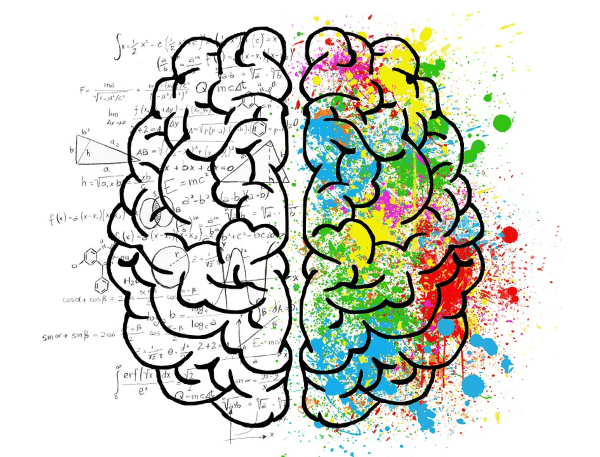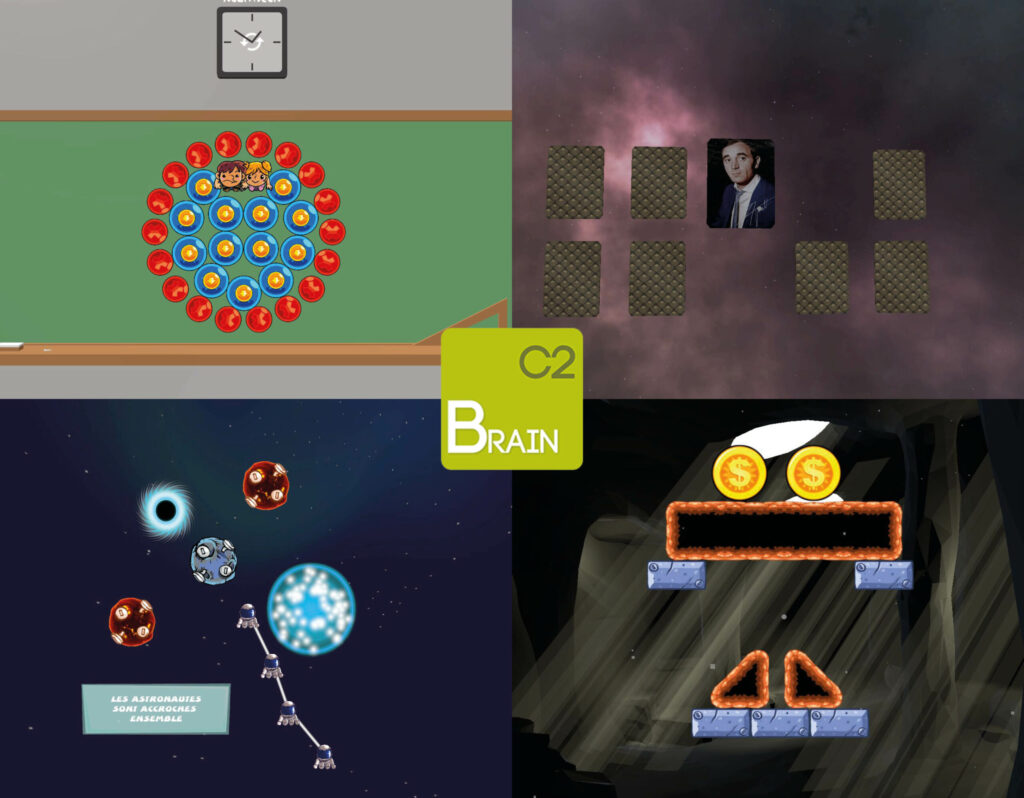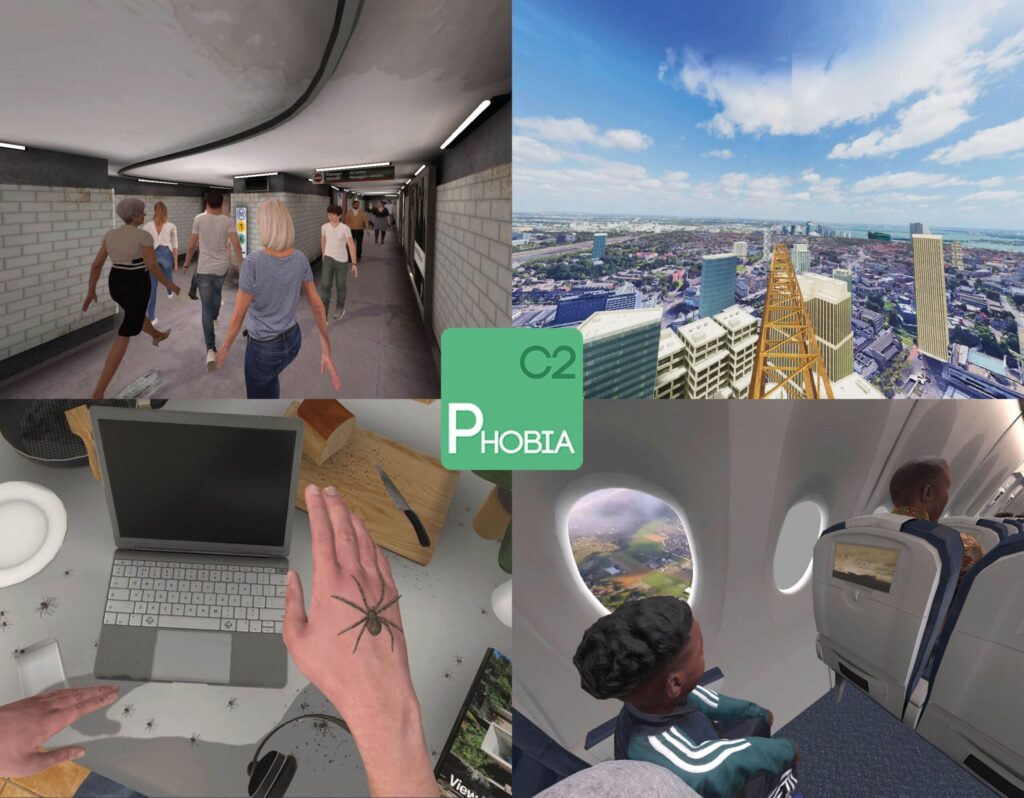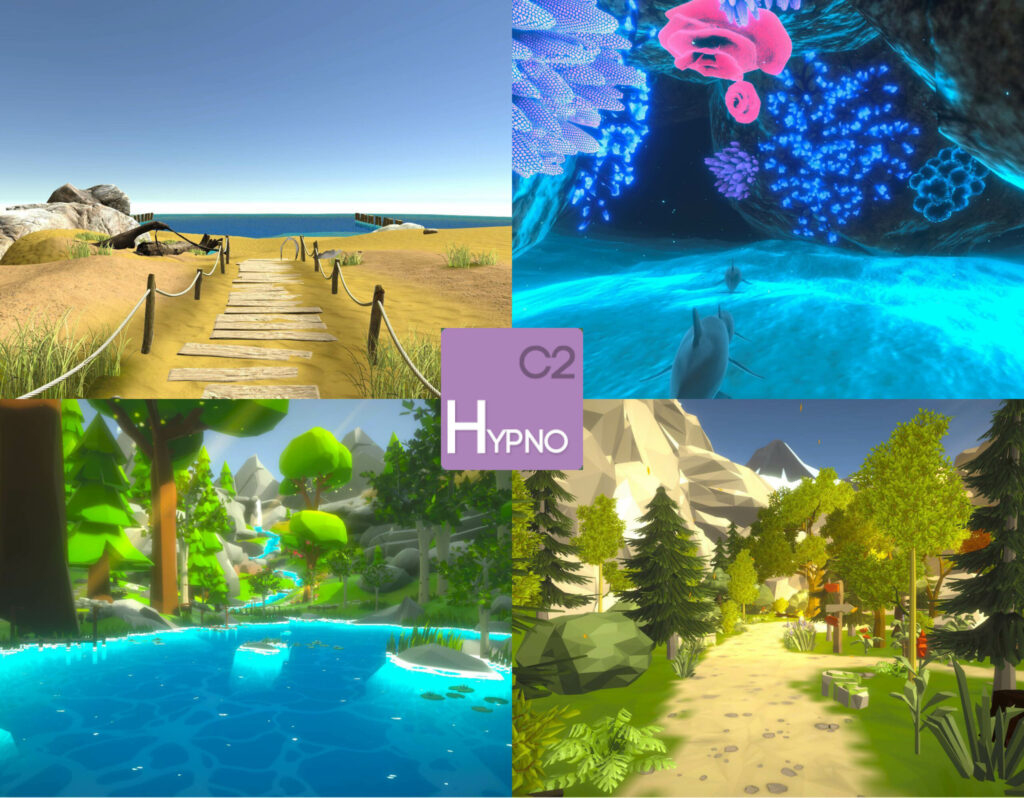USING VIRTUAL REALITY IN THE TREATMENT OF ADHD
Virtual Reality, used by C2Care since 2015, has proven effective in treating various psychological disorders by offering innovative and tailored solutions.
“Virtual reality shows 80% effectiveness, with benefits lasting more than a year after treatment.” — Dr. Eric Malbos, Psychiatrist.
Our virtual reality programs are designed to address the specific challenges posed by ADHD, offering environments and scenarios that enhance attentional skills and impulse management.

More than 1000 patients already treated, be next!
VIRTUAL REALITY ADAPTS TO YOUR ADHD

C2 BRAIN
C2Brain is an innovative virtual reality tool designed to enhance concentration and attention in individuals with ADHD. Through engaging exercises, the software creates simulated environments that captivate the user while specifically targeting attention skills.
The scenarios vary in complexity and are adjustable to meet individual needs, offering a personalized experience.
This tool is particularly effective for children, making learning attention management fun and interactive, but it is also suitable for adults, providing more structured activities to strengthen concentration in professional and everyday contexts.
C2 PHOBIA
C2Phobia is a virtual reality application specifically designed to help users manage impulses and strengthen self-control. By using interactive VR scenarios, C2Phobia immerses individuals in controlled situations where they can practice and improve their behavioral responses to various provocations.
This tool is essential for those struggling with impulse control, offering a safe and structured environment to learn effective impulse management techniques.
The varied and customizable exercises allow users to progress at their own pace, gradually enhancing their ability to handle stress and unexpected reactions in daily life.


C2 HYPNO
C2Hypno is a virtual reality program dedicated to teaching relaxation techniques and stress management. Utilizing advanced methods such as cardiac coherence, C2Hypno helps users regulate anxiety and achieve a state of mental calm.
The software offers a variety of relaxing scenarios and guided exercises that facilitate the learning of controlled breathing and other deep relaxation techniques.
These exercises are designed to be easily integrated into daily routines, allowing users to reduce stress, improve overall well-being, and manage anxiety-provoking situations more effectively. C2Hypno is a valuable tool for anyone seeking to enhance mental health and quality of life.
C2CARE – ADHD
Discover the benefits of virtual reality with C2Care to improve concentration, stress management, and self-control. Our solutions, C2Brain, C2Phobia, and C2Hypno, are specifically designed to offer personalized and effective support. Join us now to transform your life with innovative and proven techniques. Don’t miss this chance to progress towards a better quality of life !
HOW DOES IT WORK?
1. I get my headset
You will need to equiped yourself with a compatible virtual reality headset. You will then have an unlimited access to our software : C2Phobia, C2Drive, C2Hypno, C2Brain, C2Custom, and C2Motion.
2. I carry out my sessions
If you are followed by a therapist, you will discuss together your anxiety disorder, in order to understand it and to give you the necessary tools to reduce it. You will be exposed to virtual reality in a progressive manner adapted to your needs.
3. I use my headset autonomously
You will be able to repeat as many times as necessary the exposure to the different situations in order to create a habituation and thus reduce the anxiety related to them.
TESTIMONIALS
Each person tells in their own words about the support they have received and the major changes that have taken place in their lives.
All these testimonies are proof that yes, one’s life can change, and that we are doing everything we can to guide you on the path to that change.

